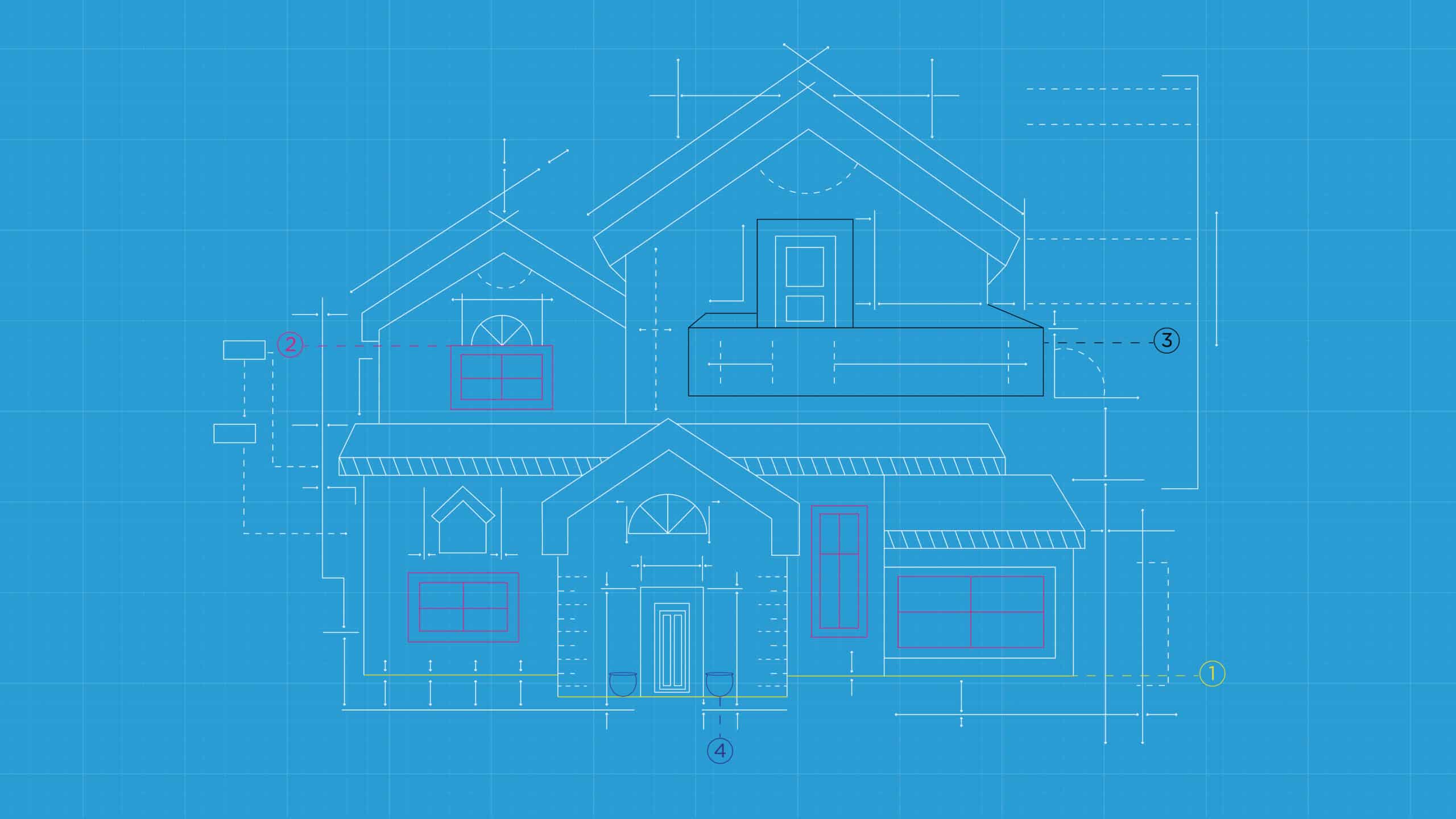
Image by Rachel Adams
Talk track
/tôk trak/
noun: A script that accompanies a presentation deck or video.
Why create a talk track if you really know your stuff? In the case of this year’s big Microsoft Build event, you create a talk track because presenters have a lot of information to cover and they’re on the clock. When they’re on stage presenting to hundreds of thousands of people, having a track talk helps them focus on their presence instead of trying to recall a list of details in a limited amount of time.
Building a talk track isn’t as simple as churning out a few bullet points—it’s more like constructing a house. The presenter and the writer begin with a few ideas, and through an iterative and highly collaborative process, those ideas become a final presentation.
2A has written executive talk tracks over the last few years, which means we know a thing or two about going from the blueprint to the front door. There are four main parts of the Building process (get it 😉).
#1 Lay the foundation. First, you’ll need to determine which comes first: the talk track or the visual presentation. Either you’re building a talk track to align with a finished presentation, or you’re designing the presentation around a talk track. This is a personal preference and one that may be influenced by available resources. And because the talk track and presentation must be timed to match each other, it’s important they aren’t built independently.
#2 Put in windows so the audience can really see the person. When presenters read a talk track that doesn’t sound like them, that disconnect is going to come across to the audience. Writers should have several calls with speakers to get a strong sense of their voice and personality. What tones do they naturally use? Are they fast talkers (this will affect timing, too!)? The more a writer can adopt the speaker’s style, the more naturally the presenter will deliver the track. You’ll also want to consider the subject knowledge of the presenter versus the knowledge of the audience—sometimes you’ll need to help the speaker translate what they know to a more general audience.
#3 Make renovations. A first draft will never be the end, so be flexible. Expect revisions depending on content—you may need to re-order information, add details, or cut down on certain sections. Through iterations, you need to ensure you’re staying within the time limit, that the track still aligns with the presentation, and that there’s room for introductions and conclusions.
#4 Decorate. Add small details for big effects. Don’t underestimate transitions—not just openings, closings, and moving the audience into the next part of the presentation, but also little transitions between ideas within the same subject. Additions like “well,” “so,” and “now let’s talk about” make for a much more natural delivery.
Do you need an expertly written talk track? Whether it’s for a sales pitch or a big company event, 2A can help!

